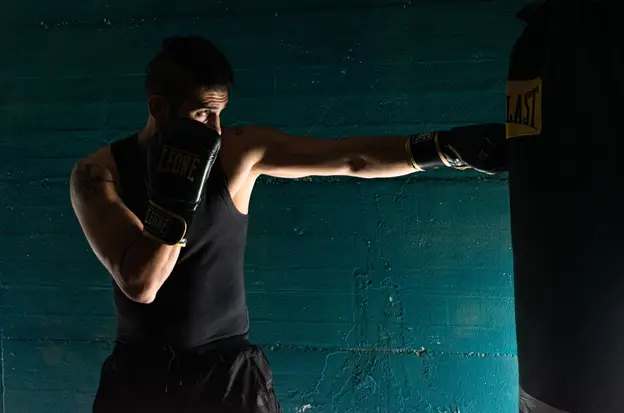Eye movement desensitization and reprocessing (EMDR) therapy is a form of psychotherapy. It involves moving your eyes to process traumatic memories. Research is limited, but current studies suggest it may improve trauma-associated symptoms. It may also be helpful for people with comorbid psychiatric disorders.
However, some experts believe that EMDR therapy may even help athletes, particularly those struggling with their performance or an injury. You can learn more about EMDR therapy and its possible helpfulness for athletes below.
What’s Involved in EMDR Therapy?
Mental health professionals who undergo EMDR training offer EMDR therapy to their patients who have experienced trauma. It involves focusing on a traumatic memory while also making eye movements simultaneously. Patients are instructed to focus on a specific memory so that EMDR therapy can change how it’s stored in the brain. The goal is to reduce or even eliminate problematic symptoms.
Why Would Athletes Consider EMDR?
EMDR therapy is often provided for people living with trauma, but some mental health providers recommend it for athletes. This is because of how high-pressure their lives can be. Many athletes are encouraged to perform at their best in sports and often find themselves in high-stress situations. Their mental and physical health can be greatly affected. Sometimes, this means they can struggle to perform at their best and reach their goals. All athletes deal with stress in different ways, but some may explore EMDR.
How Would EMDR Work On an Athlete?
Therapists may take the same or a similar approach with athletes as they would with everyday people living with trauma. They would set performance as the goal of EMDR therapy before focusing on events or emotions affecting performance.
Athletes can talk about their negative outlooks, anxiety, self-defeat, and PTSD. Once therapy is underway, they can start to rewire negative emotions into positive ones. The hope is for this to result in a performance increase. This is known as the EMDR Performance Enhancement Psychology Protocol (EMDR-PEP)
Related: Introducing The Complete Sports Celebrity Workout 2.0: Join Us For A Day Of Fitness And Fun!
What Is Involved in EMDR-PEP?
EMDR-PEP is similar to traditional EMDR therapy, but there are a few differences. It combines EMDR with mindfulness meditation in these steps:
Step 1: Treatment
EMDR-PEP begins by learning about an athlete’s history. This normally happens over two sessions as treatment begins. The therapist will then create a treatment plan for the athlete to follow.
Step 2: Mindfulness Meditation
After two sessions covering history and treatment, athletes will undergo guided mindfulness meditation. Athletes can also use these sessions to discuss their performance issues and trauma.
Step 3: Trying Treatment Techniques
After mindfulness meditation sessions, clients can identify positive thoughts and outcomes. The goal is to reduce impulsive reactivity. Athletes can then practice mindfulness meditation at home. Over time, they may learn to replace negative and helpful feelings with positive ones when remembering trauma.
Step 4: Follow-Up Sessions
Therapists meet with their clients to see how they’ve been doing with their treatment. Both the athlete and client will assess the results and discuss unresolved problems.
Many athletes struggle with performance in their high-stress careers. However, EMDR may be worth discussing with your therapist. Through building positive feelings associated with traumatic events, it may only be a matter of time before athletes notice improved performance.








1 Comment
This is good. I never knew EMDR could be used in sports psychology.